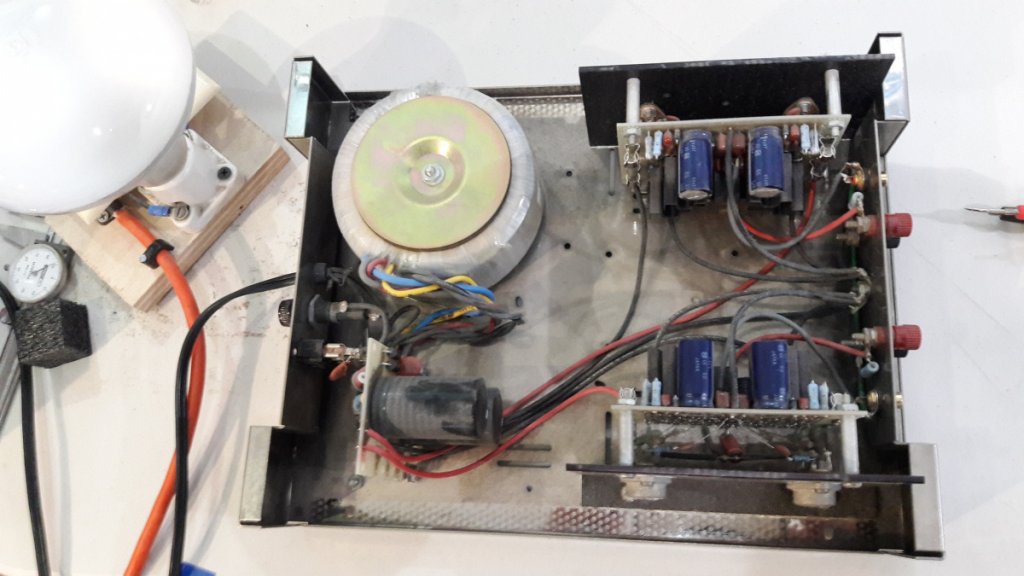Hello...
Just signed in first time, I am interested in vintage tube and solid state power amps, learning to troubleshoot and repair, purely for my own use. I started in the 1970s building a Dynaco ST 120, PAT-4, more recently built a VTA 120 kit, then completely tore down a Dynaco ST 400 this winter, applying Fantasia output boards and Dan Joffe power supply, with all new output transistors. Great sounding amp!
Recently acquired an AVA Omega 3 amp (Dynaco ST120 chassis) with toroidal power transformer. Have begun initial assessments. Previous owner reported “needs work.” Powers up safely, B+/- reads 49v, assume power supply is good.
As I have had no luck online finding reference data or schematics, hoping for some input here. I checked DC offset and idle bias current on each channel, but am reluctant to start any work without refs.
In the que, I have a nice running early Hafler DH 500, looking at Musical Concepts upgrades at some point.
Thank you, looking forward to spending some time here!
Brian
